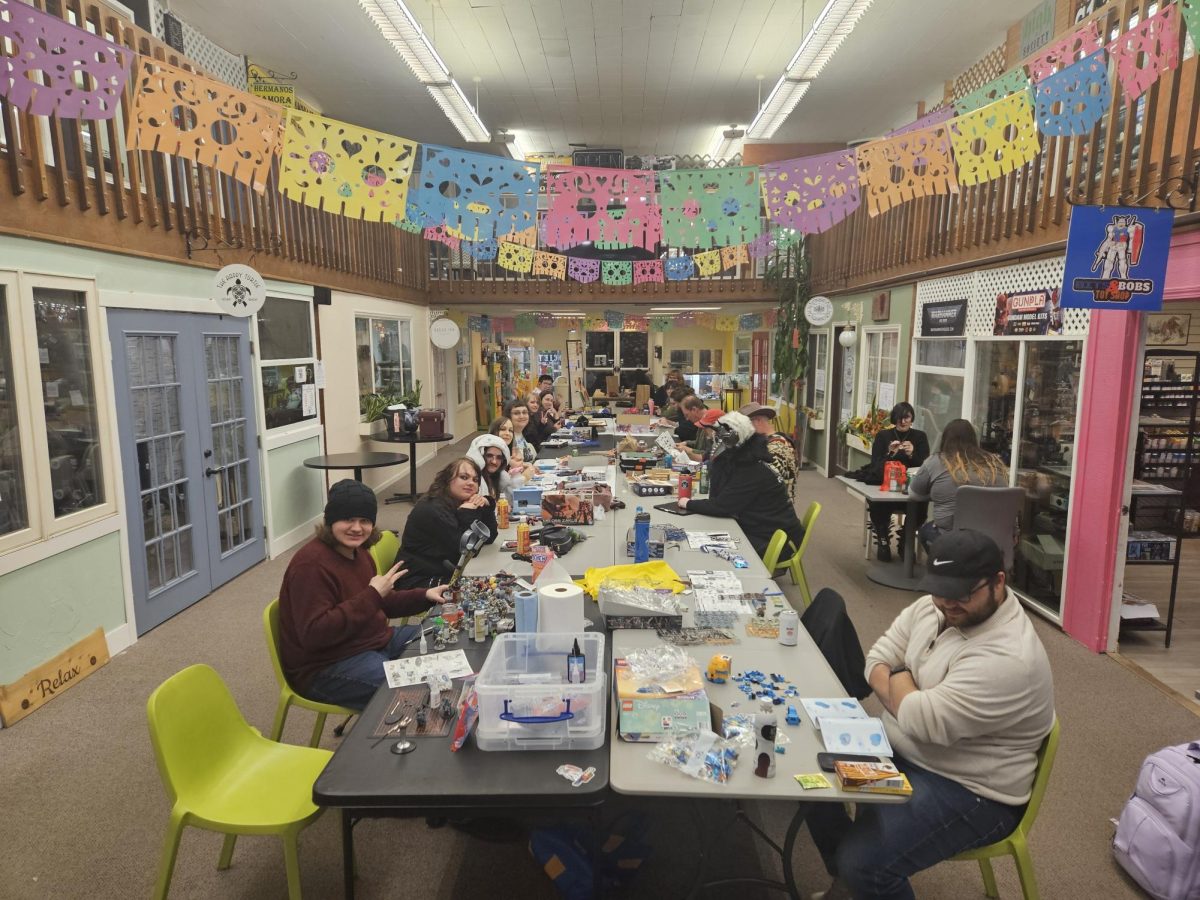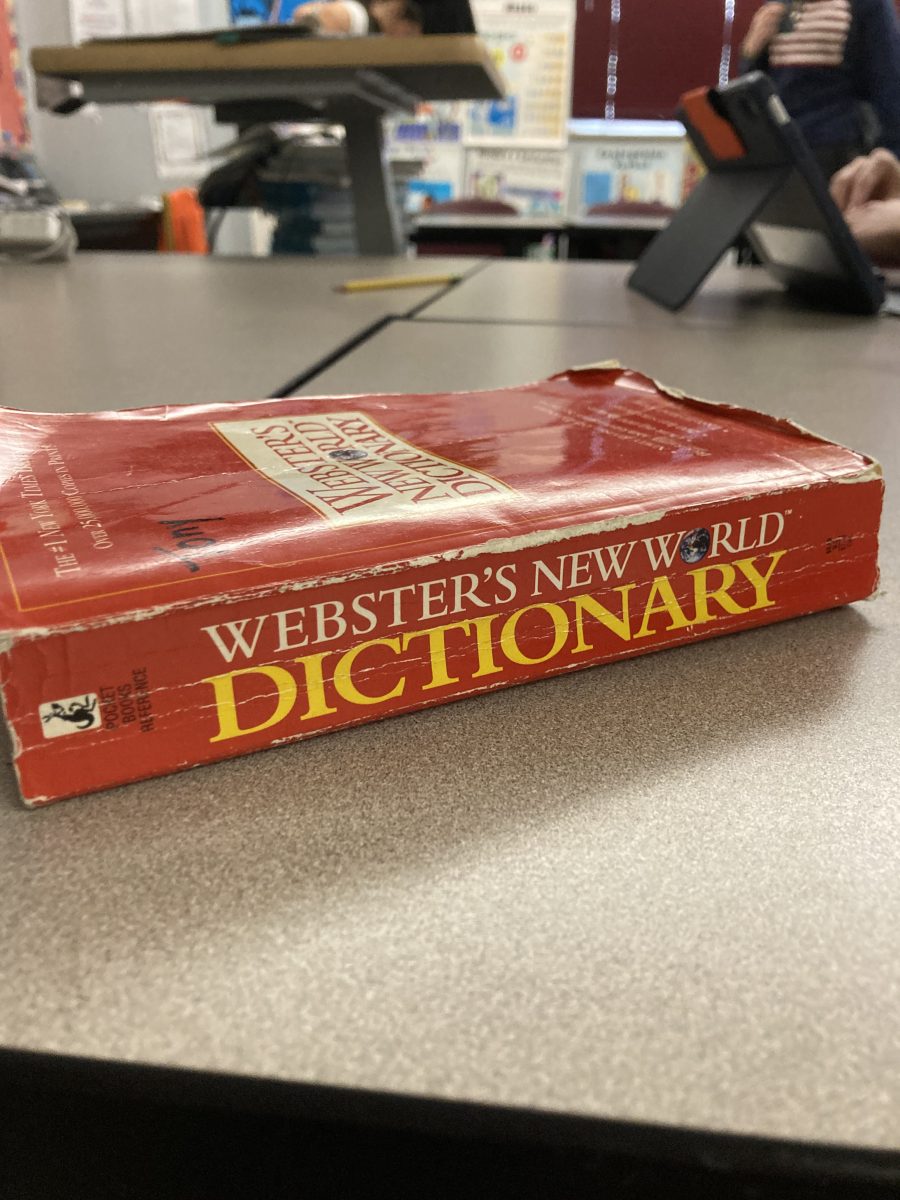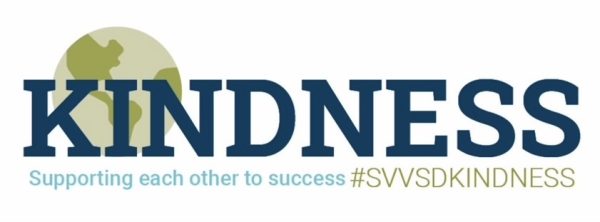OpEd: Dignity and Inclusivity Shouldn’t Exclude Transgender and Gender Non-Conforming Youth
Photograph courtesy of Rye Ford
Silver Creek student, Rye Ford, sometimes wears this pin to let people know what pronouns he uses. “Being trans is not a bad thing so don’t let anyone treat you like it is,” says Ford
WARNING: This article may contain content that is triggering for some audiences. This article contains topics such as depression, suicide, and bullying.
If you are a member of the LGBTQ+ community and looking for professional assistance, the Trevor Project has a text, hotline, and counseling service for youth in need.
Young LGBTQ+ students have been known to face some sort of discrimination in schools. This discrimination can come in the form of bullying or by not respecting student’s pronouns and name changes.
According to a study done by the University of Texas at Austin, transgender and gender non-conforming youth are twice as likely to have suicidal thoughts compared to their cisgender peers. This suicide risk is often increased because these young people are not being properly respected and sometimes have to go by a different name or pronoun than they prefer at school. Because of the fear of bullying, being outed to their parents, or not being respected by their staff or peers, many don’t feel comfortable being their truest selves at school. Furthermore, transgender and gender non-conforming students face more hostile school climates than other members of the LGBTQ+ community according to GLSEN research.
However, in a study conducted by the University of Texas at Austin, youth who had their pronouns respected at school, work, home, and with friends had a 71% decrease in symptoms of severe depression and a 34% decrease in suicidal thoughts. Even when pronouns were respected in just one of the social instances listed above, there was a 29% decrease in suicidal thoughts.
Providing a safe environment for transgender and gender non-conforming students not only decreases risk of bullying, suicide, and depression, but helps increase education about transgender youth.
The postitive mental health effects students experience when their names and pronouns are respected in the classroom and in front of their peers leads to an environment where transgender and gender non-conforming students are able to fully express themselves without fear.
“It just makes me feel so good when [my pronouns] are respected,” transgender Silver Creek student, Rye Ford, says. “If I’m in class and a teacher uses the right name and pronouns in front of the whole class, it’s one of the best feelings in the world. That the teachers are willing to do that, it’s such a good feeling.”
While he says his name and pronouns aren’t as consistently respected among students, the teachers being willing and open to using his name and pronouns positively affects Ford’s mental health. However, when those pronouns aren’t respected, it makes him feel worse and ashamed.
“It’s just…a reminder that I’m something other. It makes me feel different,” says Ford.
However, Ford doesn’t want to feel different and has been making an effort with his teachers to have his pronouns respected in the classroom. His advice to transgender students is to have a conversation with teachers about pronouns and start the conversation in the classroom.
Not all people are immediately understanding and respectful of pronouns, but Ford says, “Don’t let people get away with it. Keep correcting people and keep pushing them. Being trans is not a bad thing, so don’t let anyone treat you like it is.”
Ford also points out that a lot of cisgender people (or people who conform with the pronouns they were assigned at birth) don’t think about how much their pronouns affect their lives or even know what pronouns are. By starting this conversation, pronouns are normalized and can be better respected by students and teachers alike.
High school isn’t the only place where pronouns need to be respected, though. Middle schoolers can and do identify with different gender identities than those they were assigned at birth.
Altona Middle School student, Leah Peredo-Mireles says, “I feel like every teacher should have to ask ‘What are your pronouns?’ to make students feel more comfortable.”
At Altona, Peredo-Mireles doesn’t have many teachers ask her pronouns and teachers usually just ask her name and end the conversation there.
“It feels rather good [when teachers ask students’s pronouns], especially for the [students] who have different pronouns, it makes them feel seen,” says Peredo- Mireles.
Being seen and comfortable is something all teachers should strive for in their classroom environments, especially for students who could already be discriminated against at home, with friends, or at work.
“It’s important to have a culture of respect in the classroom,” says Silver Creek teacher, Bryon Booher. “I believe it’s important to establish a positive relationship with your students and a culture of tolerance. It’s what should happen.”
Creating an environment where all students can feel safe and comfortable is key to Booher’s classroom culture.
He also says, “I tell my students that I want this to be a kind of place where you can come for 90 minutes and feel like you can be yourself and be in your own skin and be comfortable. I set that expectation at the beginning of the year.”
Booher works hard to model an attitude of tolerance and acceptance in his classroom by respecting and celebrating the differences of the students in his classroom. However, Booher acknowledges that using different pronouns, specifically they/them pronouns, can be difficult for some teachers and students to understand.
His advice to those teachers and students is to “do their honest best,” and try to respect student’s pronouns even if they are afraid of making a mistake.
“My advice would be to just…try to do your best, and as long as you’re not intentionally getting their pronouns wrong…the students will be understanding,” says Booher.
Introducing pronouns and pronoun conversations can be difficult in the classroom, though. Many teachers want to start off the school year by having students go around the classroom and introduce themselves with their name and pronouns. However, some students might not be comfortable sharing their pronouns with the whole class.
“My strategy is to ask that question, but to do so privately, just in case they don’t feel comfortable saying that in front of the whole class,” says Booher.
However, even this method can be complicated if students still don’t feel comfortable with other students, teachers, or their parents knowing about the pronouns they prefer to use.
For teachers looking to create a more open classroom, providing opportunities to share pronouns shows you’re not assuming a gender identity based on appearance. Starting the conversation in the classroom, can be tricky, however, because some transgender and gender non-conforming students may feel uncomfortable discussing their gender. The best way for teachers to respect students and their pronouns is to do research and look at guides provided by transgender-friendly sources that can help with understanding.
As for students, reaching out to teachers and having private conversations is a great way to give teachers time to process and students the opportunity to share their identity. Some students, like Ford, reach out to teachers at the beginning of the year to have these discussions with any new teachers he has.
“Some students will send me an email even a couple days before school starts, especially about names,” says Booher. “An email sent before school starts, just introducing themselves and talking about their pronouns or whatever it is, is great because that time gives teachers a little bit of space to think about that, and they know [the correct name and pronouns] from the start.”
“It’s good to let your teachers know, and if they don’t immediately respect that, keep pushing!” Ford emphasizes. “Don’t just give up on it.”
Pronouns can be difficult to understand for some teachers and students. The solution, however, isn’t to avoid the problem. The solution is to create an open space where students feel heard, respected, and comfortable.
While every student experiences their gender identity differently, it is important for teachers and students alike to create an open environment where being transgender or gender non-conforming isn’t a bad thing. It’s celebrated.
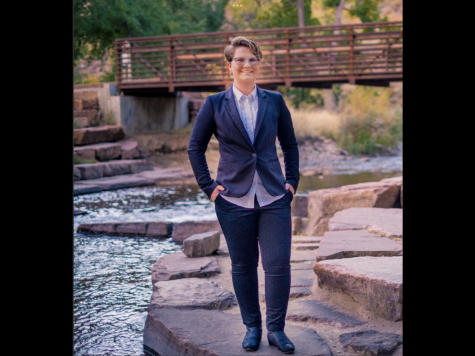
Shenandoah Waugh is a senior at Silver Creek High School and a first year Journalism student. They joined the journalism class because of their interest...



















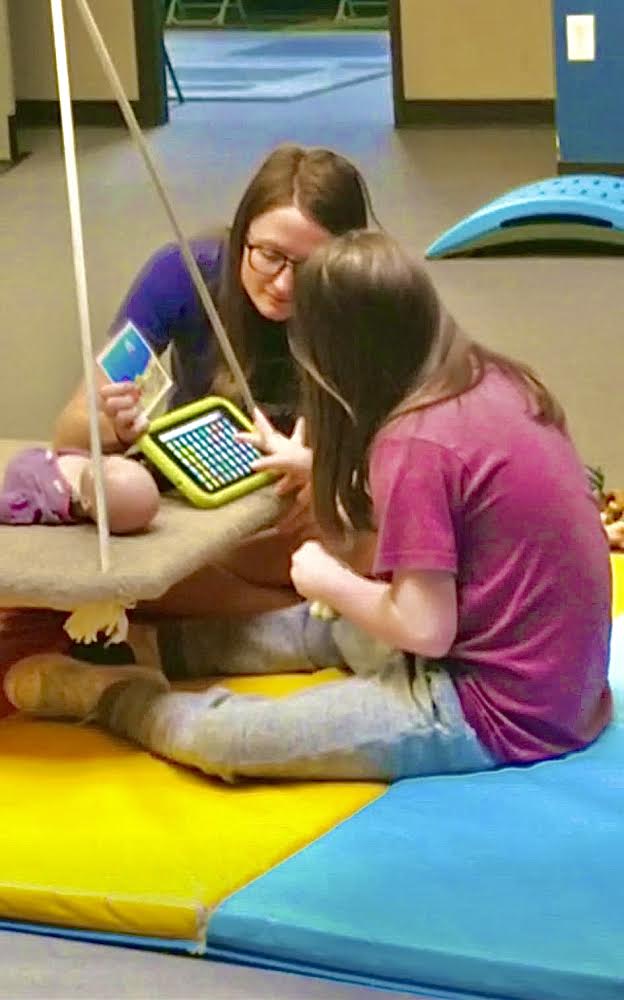


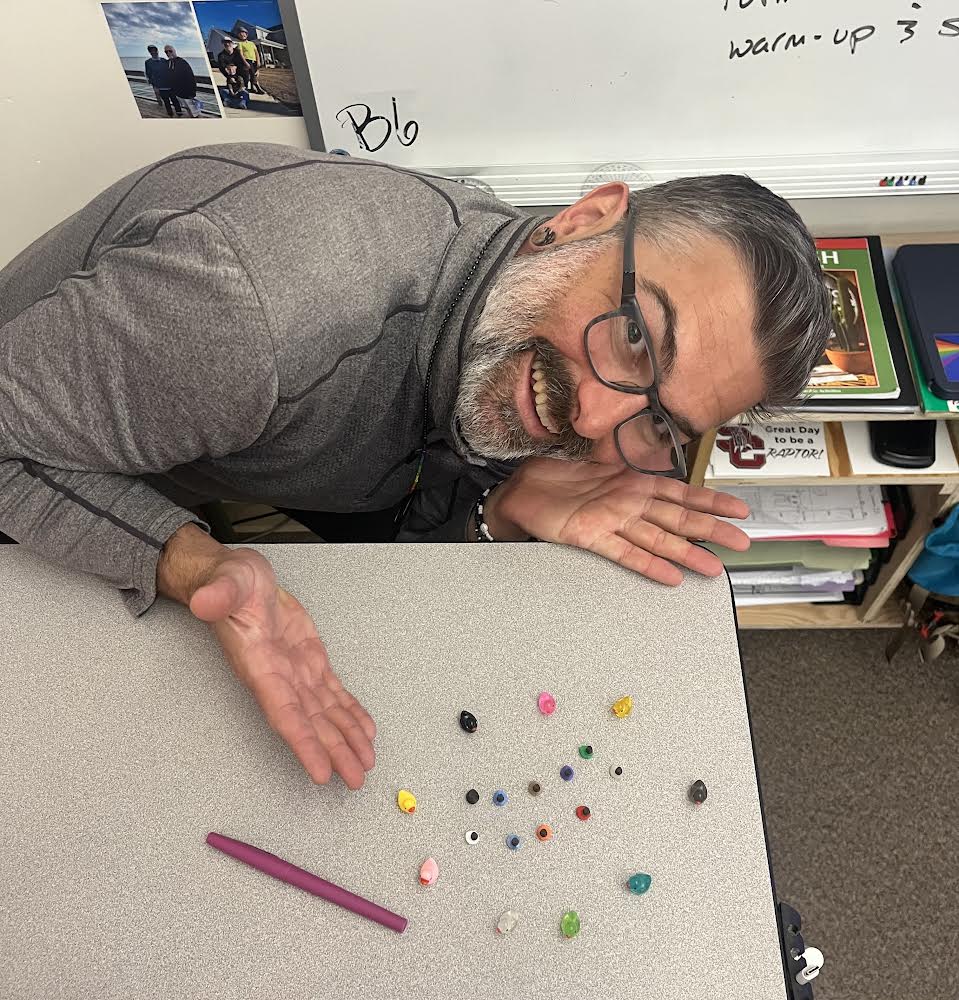








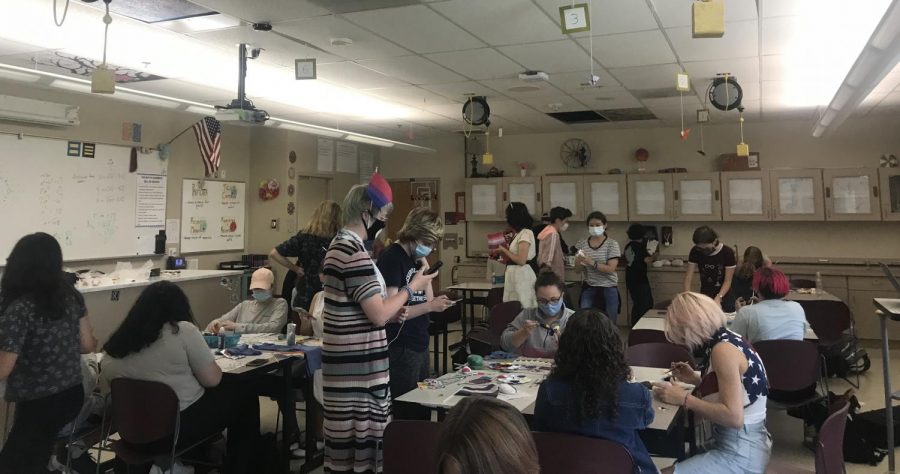









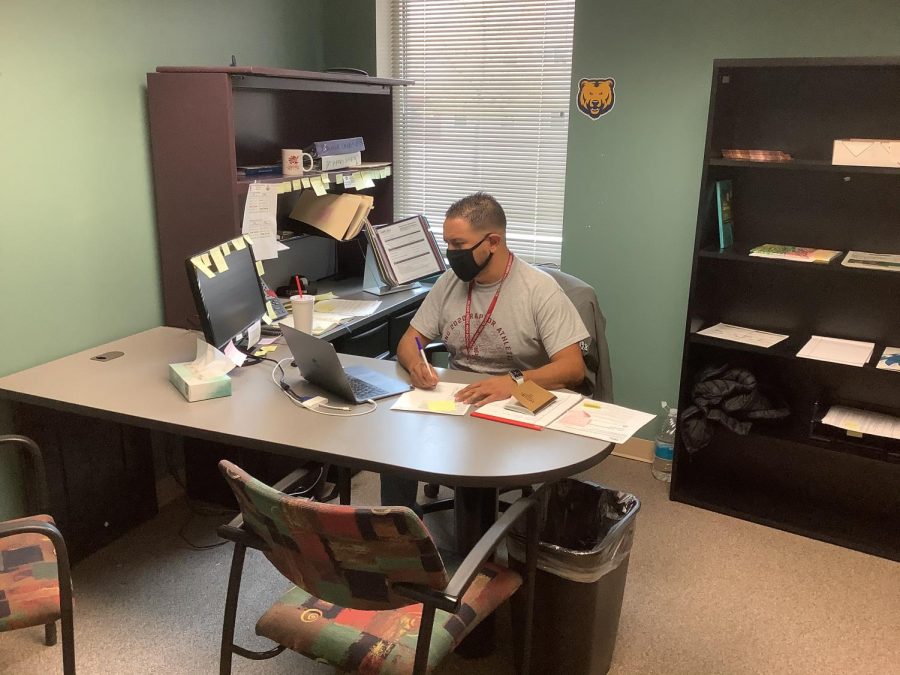

![Hosting the SCLA Casptone Mentor Dinner outside allowed for more attendees on September 27, 2021 at Silver Creek. This event would’ve usually been held inside. According to Lauren Kohn, a SCLA 12 teacher, “If we have a higher number of people, as long as we can host the event outside, then that seems to be keeping every[one] safe”.](https://schsnews.org/wp-content/uploads/2021/11/sxMAIGbSYGodZkqmrvTi5YWcJ1ssWA08ApkeMLpp-900x675.jpeg)




